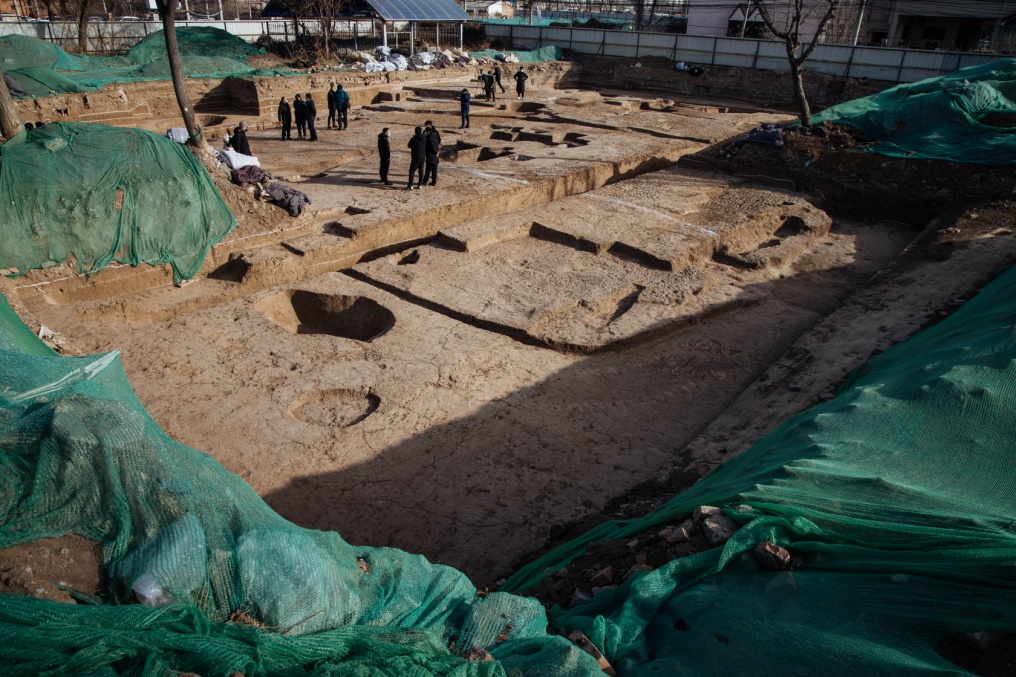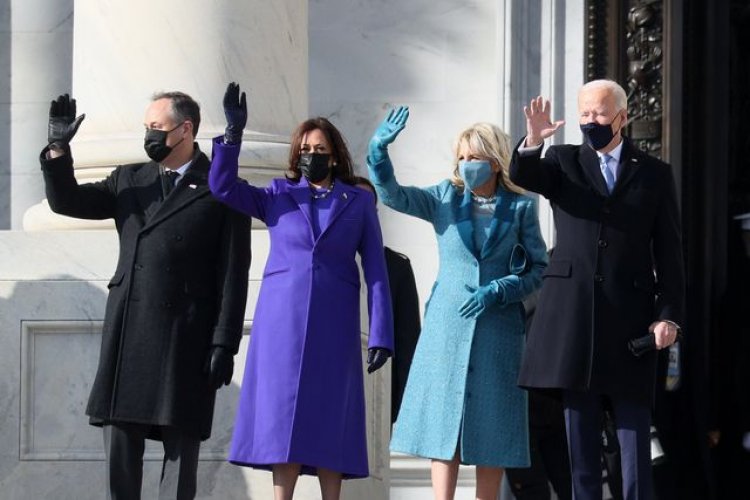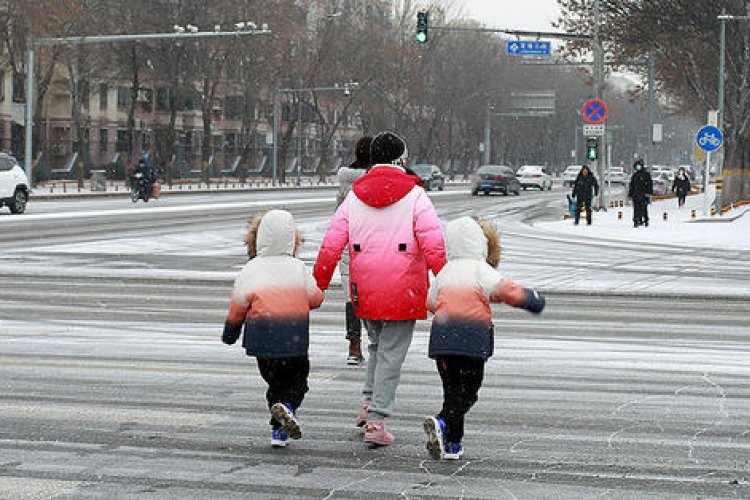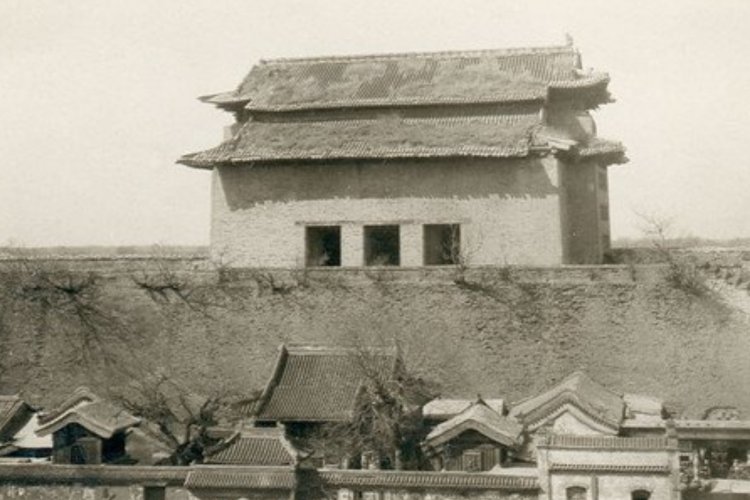Archaeological Dig in Beijing Uncovers 850-Year-Old Capital Wall
An excavation in Beijing's southwest Fengtai district has uncovered archaeological remains believed to date back to the Jin dynasty (1115-1234) when the region was first denoted as the "national capital."
So far, the dig has exposed a 60-meter stretch of city wall ruins as well as a 66-meter-wide moat, the first Jin moat to have been discovered in Beijing, according to the Global Times. Defense structures, some bricks and chips of Ding and Jun ware porcelain, and tombs dating from the Tang (618-907) and Liao (916-1125) dynasties were also unearthed.
The two-year archaeological research has already unearthed 2,900 square meters of city wall ruins and will help "Figure out the basic layout structure of Zhongdu's city walls," explained a worker for the Beijing Archaeological Research Institute. "We don't have much to refer to. For example, we didn't know how the wall was built, so this archaeological excavation provides crucial evidence."

Zhongdu, as it was then known, was founded in 1153 by the Jurchen people, predecessors of the Manchus. That change came after the Jin dynasty split with the Song, capturing the Song capital of Bianjing (present-day Kaifeng in Henan province) and imprisoned two Song emperors, marking the end of the Northern Song period (960-1127).
While the Song royalists retreated to Lin'an-known as Hangzhou today-a nine-decade-long military standoff between the Jin and Southern Song (1127-1279) was just beginning. In 1153, the Jin rulers established its capital in Zhongdu, and the city grew to be a prosperous metropolis, as described by China Daily.
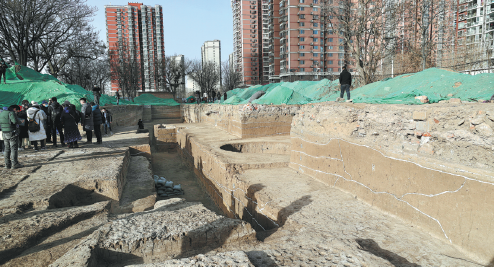
However, prosperity only lasted for 60 years as the city was besieged by Genghis Khan's invading Mongolian army in 1213 and razed to the ground two years later. Two decades on, Genghis' grandson Kublai Khan chose the site to build the Yuan dynasty of Dadu, and thus the city has been the national capital for the better part of the last 700 years.
The findings will be used to reconstruct portions of the wall and develop the area – which is close to the Lize Financial Business District – into a park, with construction set to start in 2022.
READ: History Behind the Door: The Former Residences of Renowned Beijingers
Photos: Global Times

